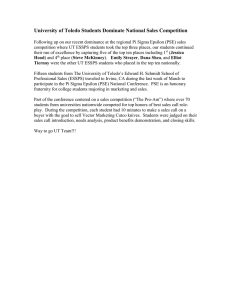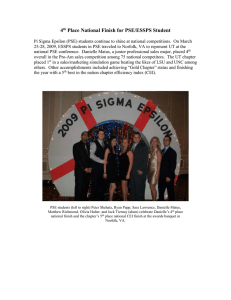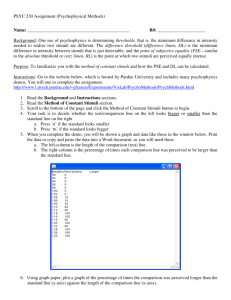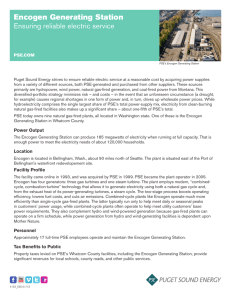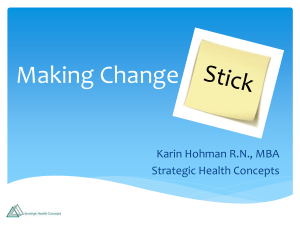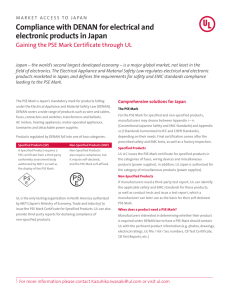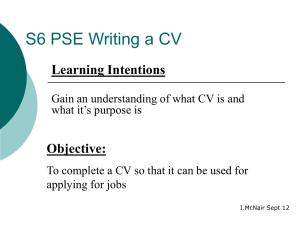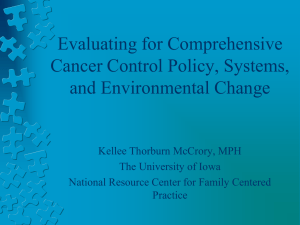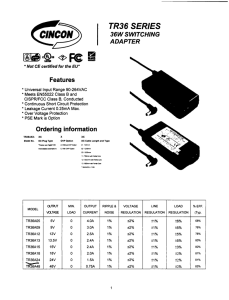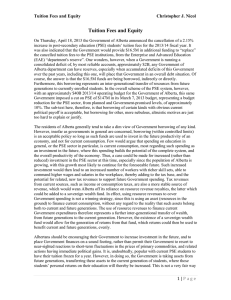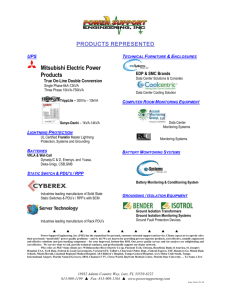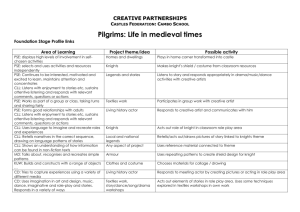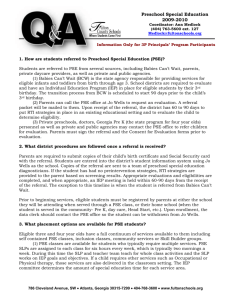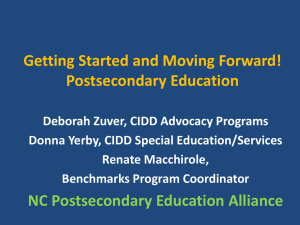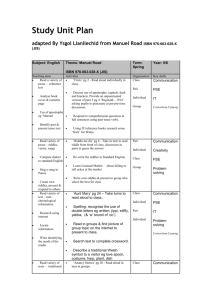Building Environments for Healthy Communities
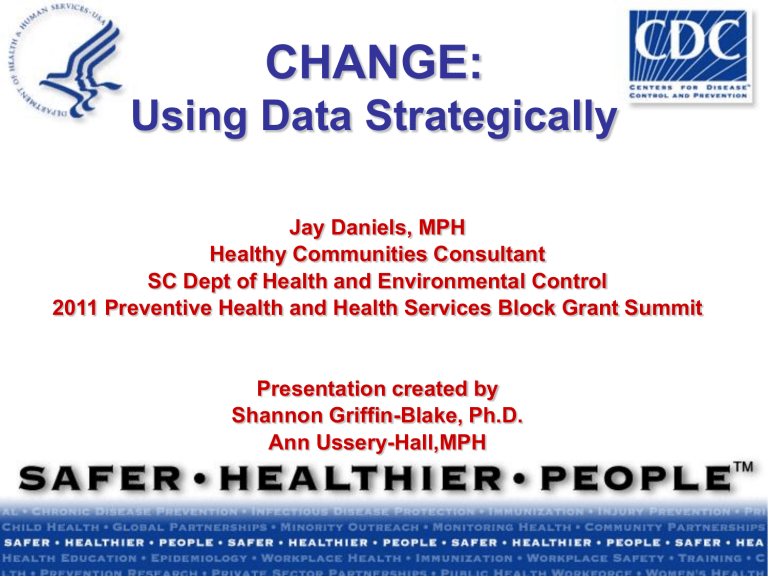
CHANGE:
Using Data Strategically
Jay Daniels, MPH
Healthy Communities Consultant
SC Dept of Health and Environmental Control
2011 Preventive Health and Health Services Block Grant Summit
Presentation created by
Shannon Griffin-Blake, Ph.D.
Ann Ussery-Hall,MPH
Community Health Assessment aNd
Group Evaluation (CHANGE)
•
• Background – Policy, Systems and Environmental
(PSE) changes
• Community Health Assessment aNd Group Evaluation
(CHANGE)
Purpose
Overview
Methods
CHANGE Planning Tool
How to use data
Strategic dialogue
Important
Health
Consequences in Children
Why Policy, Systems, & Environmental
(PSE) Change Strategies?
• Want to see communitylevel change
• More sustainable
• Make the healthy choice, the easy choice!
• Considered best practice by the CDC
Institute of Medicine Quote
“ It is unreasonable to expect that people will change their behavior easily when so many forces in the social, cultural, and physical environment conspire against such change.
”
-Smedly and Syme (2000)
What is PSE?
The policies, systems, and environments around us, including our communities, worksites, transportation systems, schools, faith-based organizations, and health care settings shape the pattern of our lives and our health.
Changing PSE helps make healthy choices easy, safe, and affordable can improve community health.
Some examples of PSE that can impact diabetes include: attractive sidewalks, trails, bike lanes, farmers markets, school gardens, healthy vending options, tobacco-free worksites, etc.
http://www.cdc.gov/CommunitiesPuttingPreventiontoWork/poli cy/index.htm
Fluoridation of water
Iodination of salt
CHANGE
CHANGE Tool Purpose(s):
1) Capture current snapshot of the community
2) Group activity/consensus building
CHANGE: Overview
• Walks communities through assessment process
• Provides a snapshot of policy, systems and environmental change strategies
(‘assets’ and ‘needs’)
• Frame and understand the current status of community health
• Allows communities to track progress across a 5-point scale so incremental changes can be noted
CHANGE:
Key Benefits
• Allows local stakeholders to work together in a collaborative process to survey their community
• Offers suggestions and examples of policy and environmental change strategies
• Provides feedback for communities as they institute change to support healthy living
Emerging Vision
Existing
Initiatives
>>>>>>
Setting Priorities
(Community
Action Plan)
Local
Trends
CHANGE
Tool
Community
Assessment
QUOTE: If you are going to climb, you’ve got to grab the branches, not the blossoms. -ANON
Who Completes CHANGE?
Coalitions with broad participation from community leaders:
Police Chief
Mayor/
City
Council
School
Principal
Corporate
Executive
Health
Insurer
Chamber of
Commerce
Foundation
Executive
Community
Coalition
Public
Health
Director
Hospital
Admin.
Parks &
Rec. Dir.
Media
Director
CHANGE Tool
5 Sectors:
1.
Community-At-Large: Includes community-wide efforts that impact the social and built environments; such as food access, walkability or bikeability, smoking bans, and personal safety.
2.
School: Includes all primary and secondary learning institutions (e.g., elementary, middle and high schools, whether private, public, or parochial).
3.
Worksite: Includes places of employment; such as private offices, restaurants, retail establishments, or government offices.
4.
Healthcare: Includes places people go to receive preventive care or treatment, or emergency health care services; such as hospitals, private doctors’ offices, or community clinics.
5.
Community Institution/Organization (CIO): Includes entities within the community that provide a broad range of human services and access to facilities, such as childcare settings, faith-based organizations, senior centers, boys and girls clubs, and colleges/universities.
CHANGE Tool
Modules:
• Demographics,
• Physical Activity,
• Nutrition,
• Tobacco Use,
• Chronic Disease Management,
Leadership, &
• After-School* *Note: School sector only
Other Potential Sources of
Community Info
Methods: Interviews, focus groups, town halls, informal dialogue, brainstorming sessions
• Hear community voices
• Build community ownership
• Identify key resources
• Build feedback loops
Other Potential Sources of
Community Info
Community Audit/Observation
• Windshield tour/survey
• Walkability audit
•
• Pedestrian safety
Alternative routes
• Environmental checklist
• Health messages
•
• Ergonomics/safety
Food security
Resource: http://www.cdc.gov/DHDSP/library/seh_handbook/
Strengths/Resources Areas for Improvements
Before After
HCP Website: http://www.cdc.gov/HealthyCommunitiesProgram
